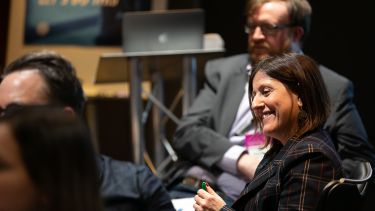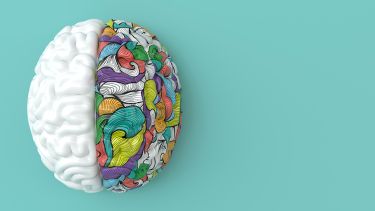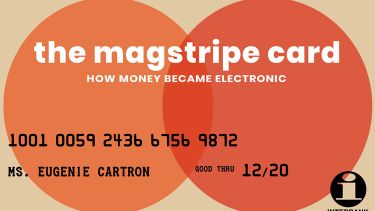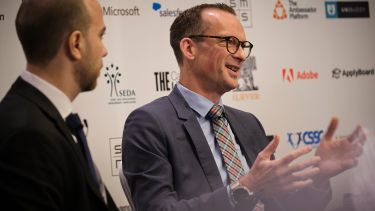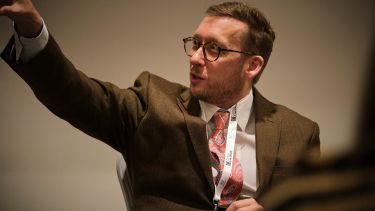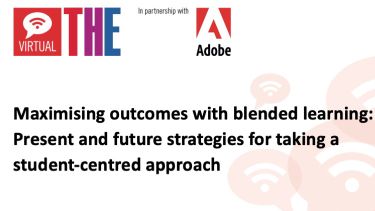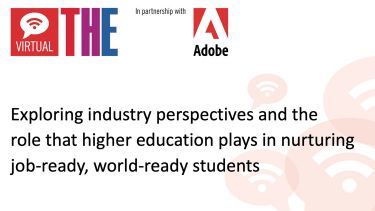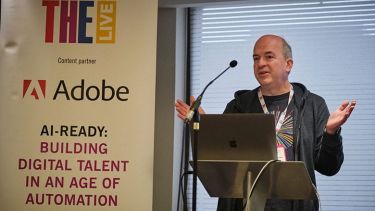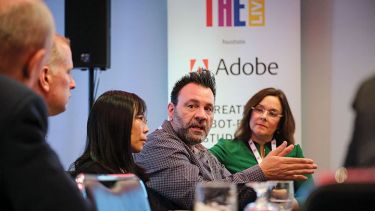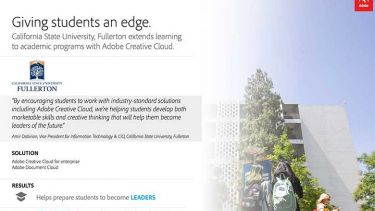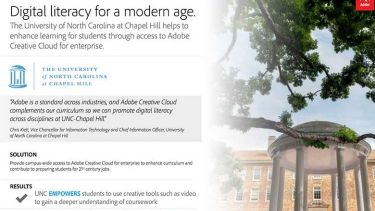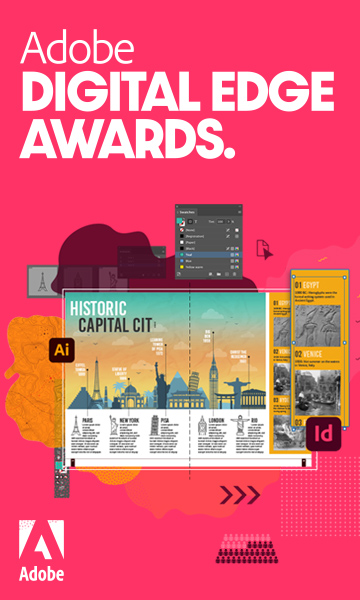
Experiential learning programmes can deepen understanding and develop transferable skills
In the 22 years that Todd Taylor spent as a professor of English and comparative literature at the University of North Carolina at Chapel Hill, he pioneered teaching and learning methods that harnessed the educational potential of digital information and networked technologies.
The concept of digital literacy and what it means for a student’s education covers a range of complex issues. But at its core lies the belief that enhancing a student’s digital literacy will endow them with readily transferable skills that will prepare them for a workplace that is fast being augmented by technology.
In a groundbreaking collaboration with Adobe, launched by Taylor, UNC-Chapel Hill’s Carolina Digital Literacy Initiative was set up to offer the full suite of Adobe Creative Cloud’s desktop apps to students and faculty from all disciplines. It has had a transformative effect across campus, with creative tools such as Adobe Photoshop and Adobe Premiere enhancing the learning experience and encouraging students to experiment. “The goal isn’t necessarily to learn how to use a piece of software,” explains Taylor. “It’s to learn more…by using these high-touch, experiential pedagogies.”
It is also about learning how to communicate in the digital space and having the ability to understand information systems, evaluate data and identify fake news. Without this, says Taylor, you cannot be considered fully literate in today’s world. He argues that teaching digital literacy invites us to rethink the curriculum, and re-evaluate higher education and where its evolution may lead. Like many higher education institutions in the United States, UNC-Chapel Hill has a mandatory first-year writing module that brings students up to speed in the fundamentals of composition. Taylor, who was director of UNC-Chapel Hill’s first-year writing programme, saw this as the ideal place for the Digital Literacy Initiative to have the biggest impact. “Every single student at UNC-Chapel Hill, the moment they came to campus, had a digital literacy project in their first-year composition course,” he says.
Teaching creativity is hands-on, participative and experiential. It requires a model that encourages the students to be entrepreneurial and become producers rather than consumers of information. Should this teaching model be extended across all disciplines? Taylor believes so. This is an idea that has guided him since the early 1990s, when he was still in graduate school. He describes it as a “calling” and he believes that experiential teaching both deepens a student’s understanding of their subject and develops their ability to create their own solutions. “That high-touch, experiential learning moment is where the deepest and more transfer-ready abilities are developed,” he says. “In my experience, the best way for students to understand, to deeply understand how the digital space operates, is to create and make things in that space themselves, to develop solutions and explore.”
Taylor has recently left UNC-Chapel Hill to work with Adobe in furthering its collaborations with higher education institutions. He sees his new role as a continuation of his work promoting digital literacy. Graduates entering the workforce must now be prepared to embark on hyphenated careers and Taylor believes that a university education needs to adopt a similar structure. There has long been talk of breaking down silos between disciplines and this is already happening at UNC-Chapel Hill, creating powerful synergies between STEM and HSS.
Knowing how to communicate ideas and share knowledge through creative applications is a fundamental skill across all industries – Taylor explains that higher education must have strategies in place to equip its students for an uncertain future.
“To take my responsibilities as a faculty member seriously, I have to think about preparing students for succeeding in careers that don’t even exist yet,” he says. “There isn’t an industry, profession or institution these days that isn’t being profoundly impacted through digital transformation. I just can’t imagine anyone entering the workforce these days and not having a sense of how these things operate.”
Todd Taylor is the author of Adobe Creative Cloud Across the Curriculum: A Guide for Students and Teachers, and participated in a panel discussion and led a workshop at the Adobe Digital Literacy Forum.
Find out more about Adobe’s solutions for higher education.




